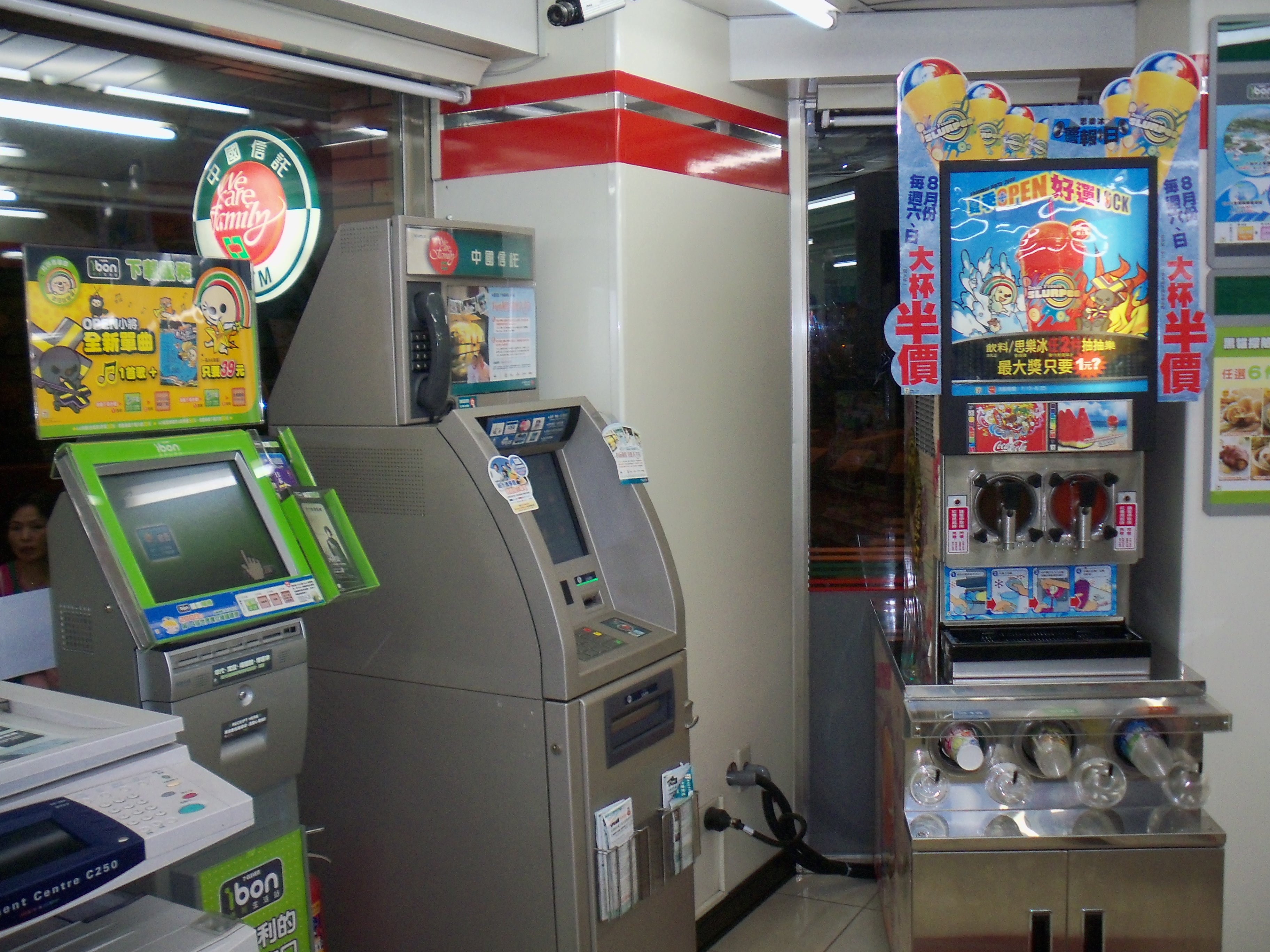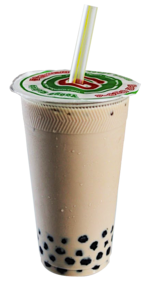VIETNAM
I went to Vietnam in January (it was my second trip out of Taiwan, the first one was the trip to the Philippines but I want to introduce Vietnam first because it is the country I liked the most as it is really different from what I imagined).
We landed in Hanoi and we had 1 night and 2 full days to visit the capital. We stayed in "Hanoi 3B Hotel", a really cozy and cheap hostel (10 euros per night, breakfast included) located in the old quarter of the city.
Vietnam is much more developed than what I expected: when you walk in the city center you feel like being in a European city because there are a lot of foreigners, bars and pubs, nightclubs and people speak English quite well (at least better than in Taiwan) but at the same time you can really see the real Vietnamese life: traffic jam, people eating in the street and washing the dishes always in th street, something similar to tuk-tuks ("open-air taxis"), women with the straw hat bringing baskets with food and bicycles with flowers. It is really a mix between European and Asian culture.
 |
| Hoàn Kiếm Lake |
We went for lunch in a typical Vietnamese rastaurant (they eat in really small tables, some of them are made by bamboo and they don't have proper chairs but stools; you can find spoons, napkins and chopsticks in the table already laid) and we paid around 3 euros for the main dish and a cup of tea; Vietnam is reaaaaaaally cheap and convenient! Its currency is Viet Nam Dong and 1 euro is about 24000 VND. You can eat for a maximum of 4 euros (also in the city center) and in Hanoi we can find the cheapest beer in the world, served in the famous "Beer corner" for 30 cents (10000 VND); also accommodations are usually cheap and for a European-standard price you can find a luxurious hotel in Vietnam.
After our lunch we had a small walk in the city center, we saw the Cathedral from outside and we also saw a lot of shops selling the famous "Kopi Luwak coffee", considered the most expensive coffee in the world because it is made by part-digested coffee cherries eaten and defecated by the Asian palm civet.
 |
| Beer corner |
 We went to a coffee shop to try Vietnamese coffee which is really good! It's soft and creamy and there are quite a lot of types of coffee in the bars around Hanoi. We went back to the hotel to relax little bit and than we decided to have dinner in a fancy restaurant: we ordered roasted duck with orange, Thai rice and and appetizer of mixed vegetables with a cup of tea, all for 6/7 euros and after that we went to the Beer corner but there were too many people and no space to sit so we just walked and than went to sleep.
We went to a coffee shop to try Vietnamese coffee which is really good! It's soft and creamy and there are quite a lot of types of coffee in the bars around Hanoi. We went back to the hotel to relax little bit and than we decided to have dinner in a fancy restaurant: we ordered roasted duck with orange, Thai rice and and appetizer of mixed vegetables with a cup of tea, all for 6/7 euros and after that we went to the Beer corner but there were too many people and no space to sit so we just walked and than went to sleep.
Day 2: we decided to spend the morning visiting the Ho Chi Minh mausoleum, his house, the One Pillar Pagoda and the Temple of Literature. All the spots were in the same area so we just had to walk from a place to another but those "attractions" were quite far from our hostel so we tried the famous "tuk-tuk" (typical from Thailand but really popular also in Cambodia and Vietnam) which is a trycicle with a seat, driven by a local man. It is a really good idea if you don't want to stay in a taxi and you want to experiment this open-air life!
 |
| tuk-tuk life! |
 |
| One Pillar Pagoda |
I really liked both the One Pillar Pagoda (an historic Buddhist temple) and the Temple of Literature which hosts the Imperial Academy, Vietnam's first national University.
 |
| Bún bò Nam Bộ |
At lunchtime we came back to the old quarter and we wanted to have the "Bún bò Nam Bộ", Hanoi's typical dish: stirred beed vermicelli with vegetables, fried onion, roasted peanuts and bean sprouts. Gnam gnam!
In the afternoon/evening we didn't do too many things, we just walked and bought souvenirs for family and friends. Hanoi is a really crowded city, full of tuk-tuks and motorbikes and shops everywhere!
 | |
| egg coffee |
 |
| street bbq! |
We finally decided to go to Giảng Cafe in order to try the typical "egg coffee", a Vietnamese drink traditionally prepared with egg yolks, sugar, condensed milk and coffee: it is made by beating egg yolks with sugar and coffee, extracting the coffee into the half of the cup followed by a similar
amount of egg cream (it is a kind of liquid tiramisu, and it is really really good!). We had it in this coffee shop because it is the most famous in the city and the historical one.
For dinner we decided to try the barbecue in a street restaurant close to our hostel: chicken, beef and pork served with different types of vegetables and Hanoi beer! We alo had our shoes cleaned by a street seller for 1 euro hahah.
 |
| kayaking in the Bay |
 |
| Vietnamese flag |
The Bay is really big and breathtaking! There are rocks everywhere and we could also see a beach with palm trees! It was a really nice experience.










